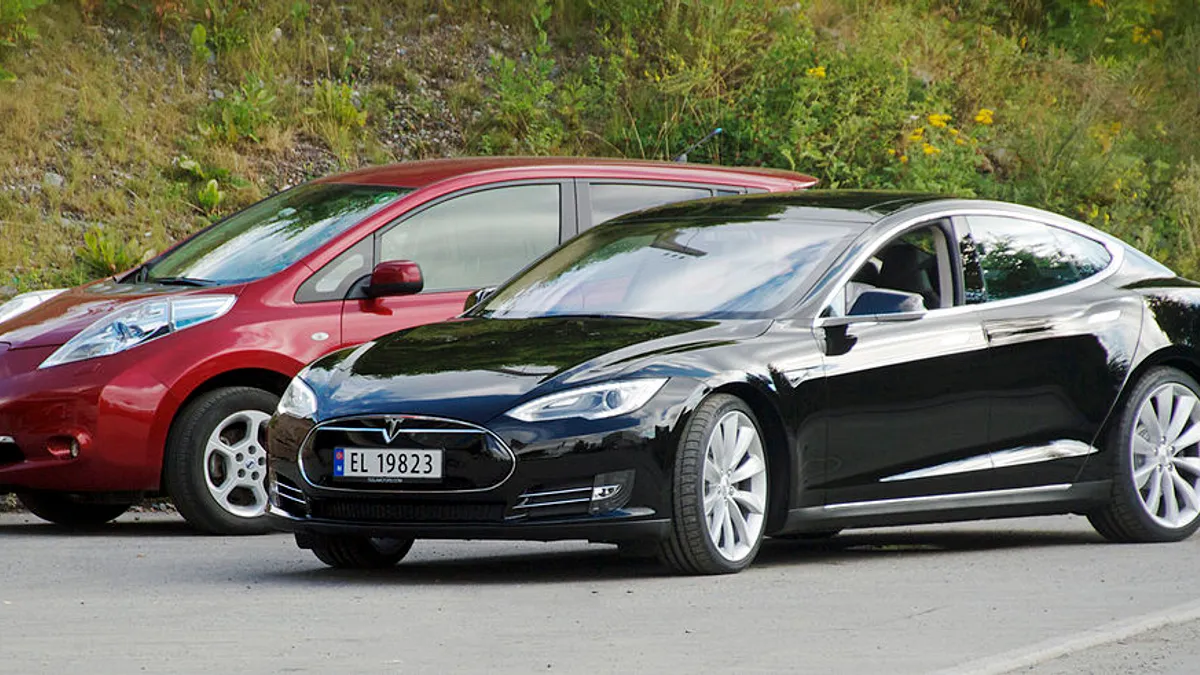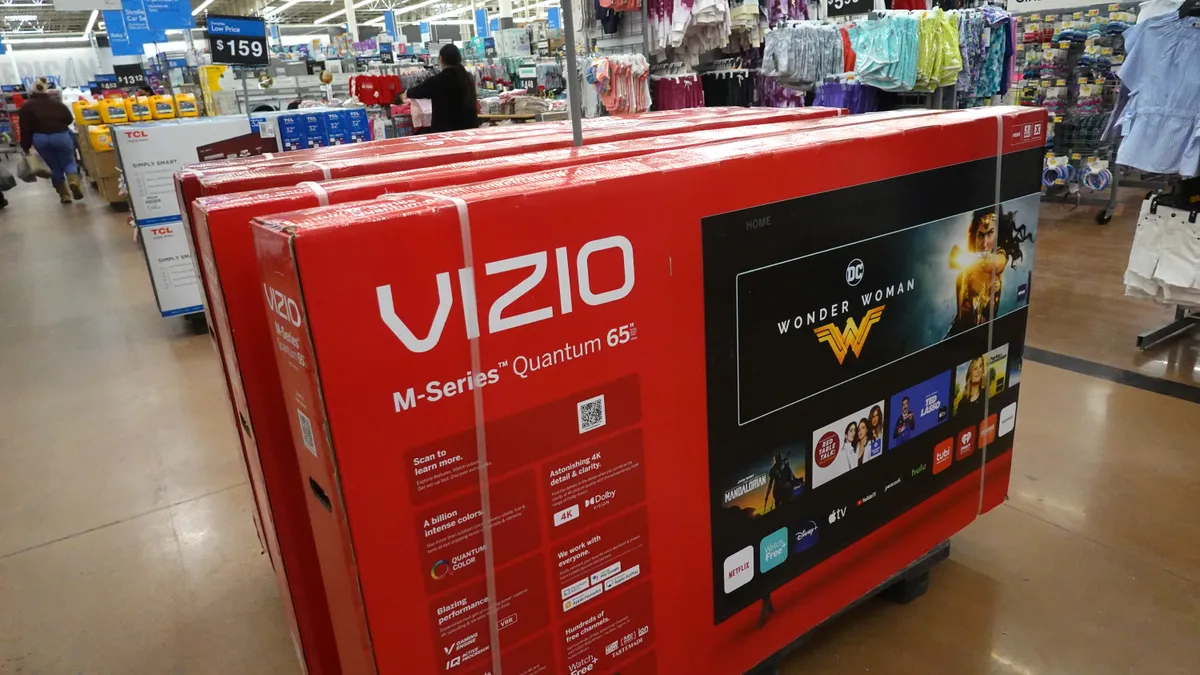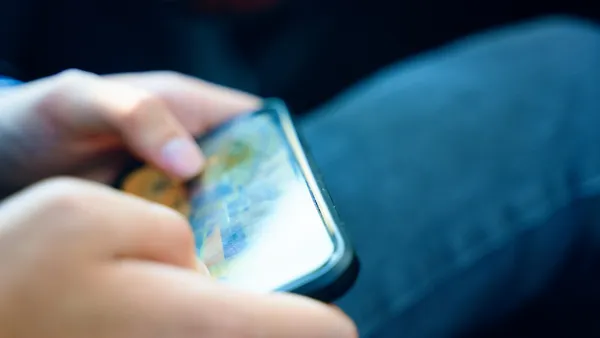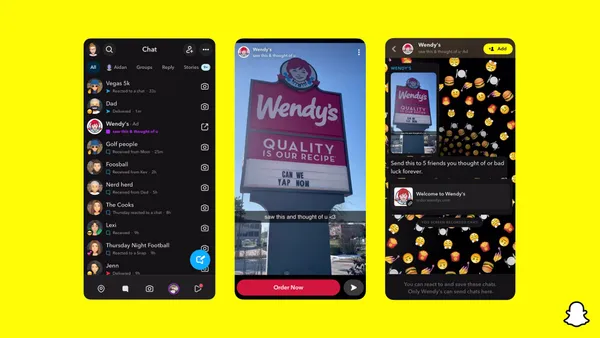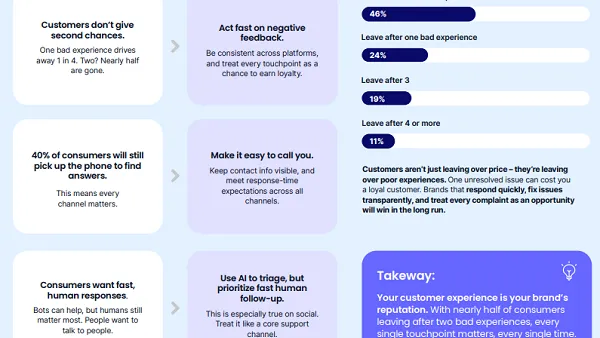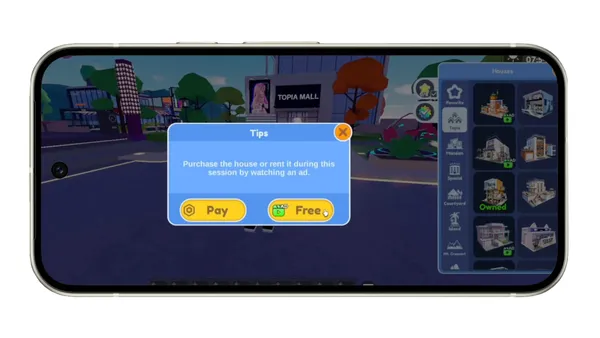Brief:
-
Nissan Motor Acceptance Corp. (NMAC), the financing arm of the Japanese carmaker, is letting consumers select any Nissan vehicle and see finance offers within minutes on their mobile device. The carmaker is relying on the mobile-first AutoGravity automotive shopping and financing platform to provide the service, per a statement.
-
AutoGravity partners with banks and manufacture-affiliated lenders such as NMAC to help consumers shop for cars before being referred to a dealer. More than 1 million consumers have downloaded the AutoGravity app since it launched in 2016, collectively requesting over $1 billion in financing.
-
Mobile marketing is an essential part of selling cars, with consumer conversions on mobile devices growing 25% in Q4 2017 from the beginning of last year, per a study released today by marketing and data analytics firm IgnitionOne. The rise in mobile conversions coincided with a 15% drop for sales leads from desktop computers.
Insight:
The automotive industry needs to recognize that consumers are more likely to use their smartphone devices to search for cars, read reviews and study pricing trends before they ever set foot on a dealer lot. In the case of Nissan, the automaker recognizes that consumers are also increasingly researching financing options from their devices. U.S. adults spent more than three hours a day on mobile devices in 2017, compared to barely more than two hours with desktop or laptops, according to eMarketer. As mobile time spent continues to outpace desktop, auto marketers should expect this conversion trend to continue throughout 2018, per IgnitionOne. Sport utility vehicles (SUVs) were especially popular with more than one-third of all automotive site traffic related to the category of vehicles. Growth in SUV-related traffic came amid a decline in exhibited interest for mini, small and medium cars. Those other categories fell to a 34% share in Q4 2017 from 40% in Q1 2017.
Car culture is waning in America with younger generations like millennials showing less interest in car ownership and driving. The share of young people, ages 16 to 24, with a driver’s license dropped from 76% in 2000 to 71% in 2013, according to consulting firm McKinsey. The U.S. Census Bureau found that 9.1% of households didn’t have a car in 2015, compared with 8.9% in 2010, a difference that represents about 500,000 households.
As consumers spend more time consuming media on mobile devices, auto marketers need to adapt their strategies to reach prospective car buyers through social media and other ad-supported apps. The millennial generation is especially more likely than older generations to use mobile devices while they are in the market for automobiles, according to research compiled by eMarketer.


